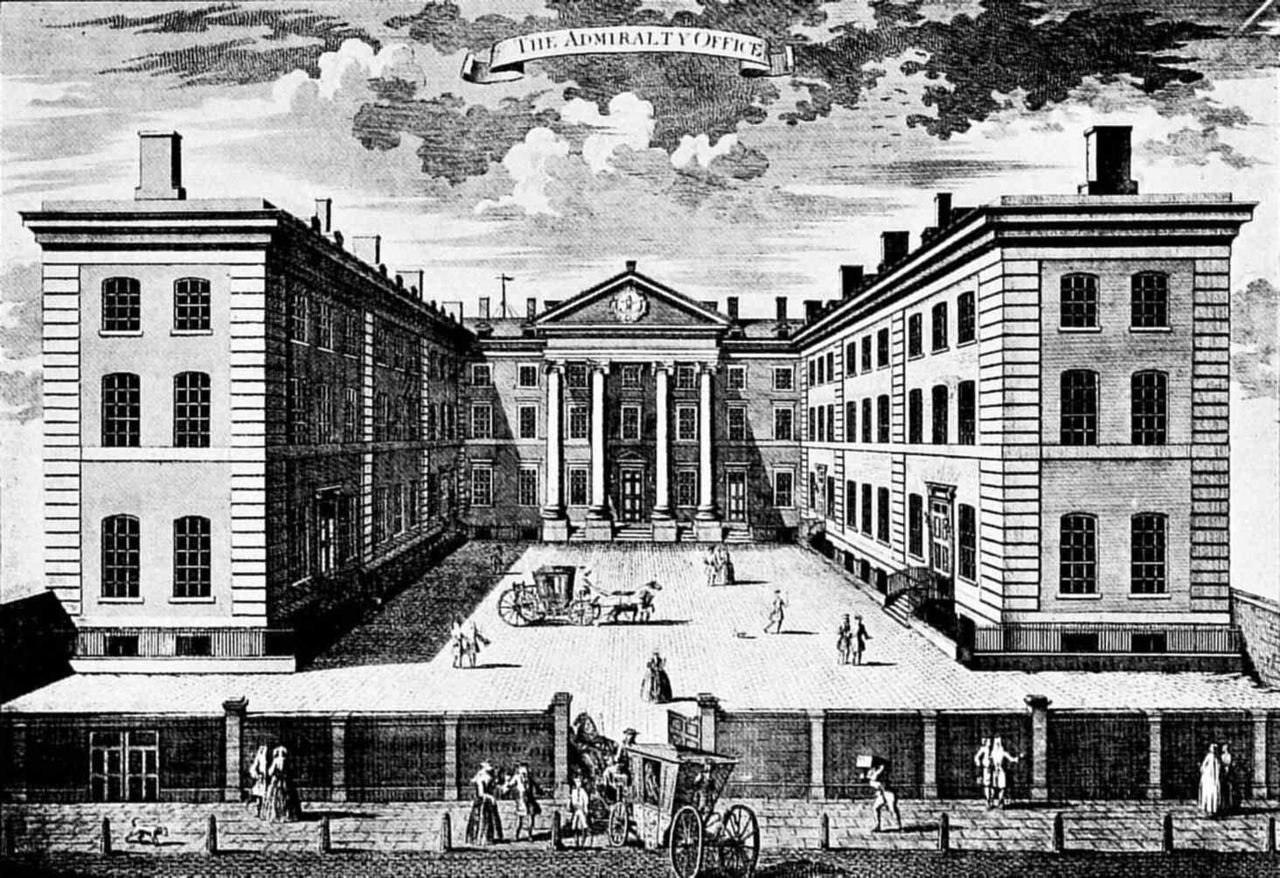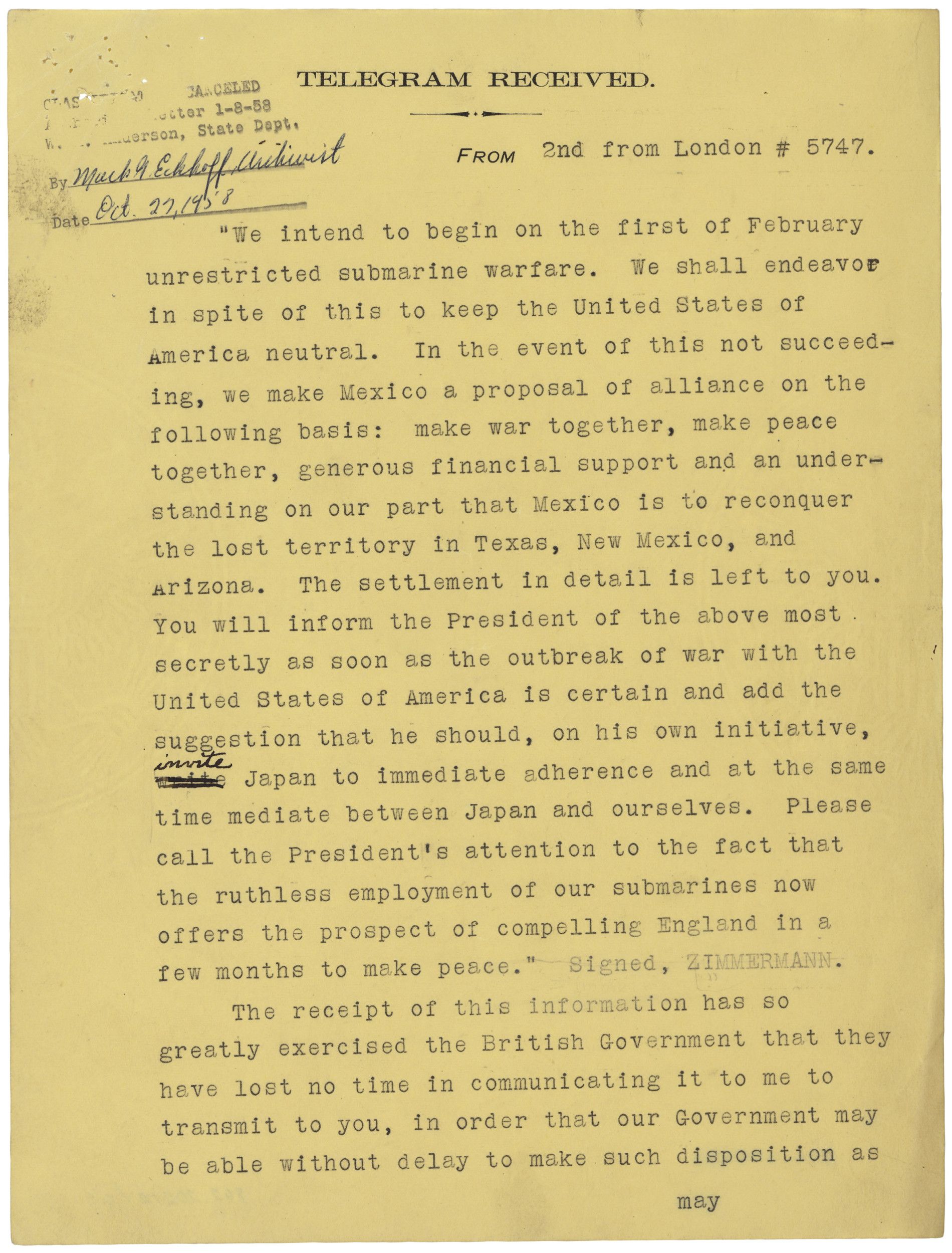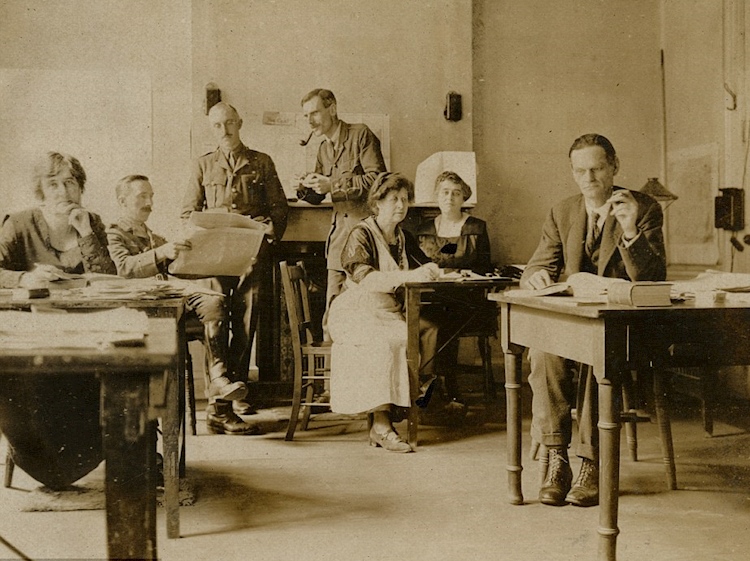"The invention and use of radiotelegraphy, with the possibility of picking up anywhere at any time the radiations of a transmitter working at any point whatsoever, increased the possibility of interception in a way hitherto undreamed of. The hour when radiotelegraphy was born was also the hour of birth of illegal listening-in, i.e., of the so-called intercept service."
~ Wilhelm Flicke, The Beginnings of Radio Intercept in World War I
The use of radio prominently in World War I led to an increased focus on encrypting / ciphering messages to make them unreadable to enemies, as well as an increased focus on breaking these ciphers to read enemy messages.


